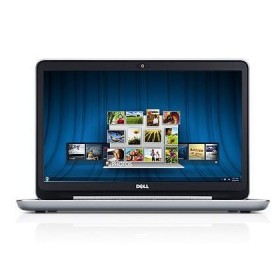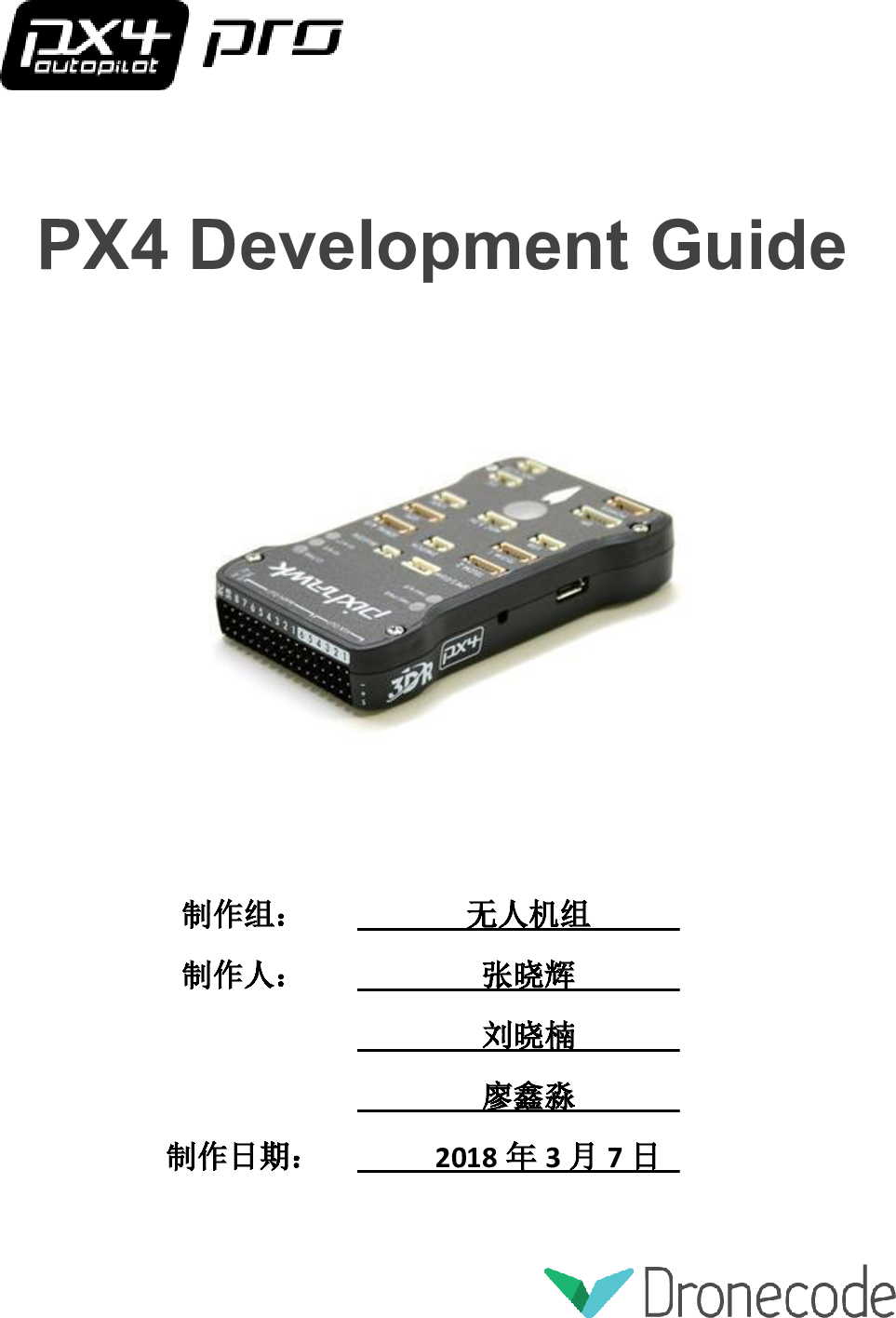- About QuantaCompany ProfileExecutivesOrganization StructureCompany InformationKey Milestone
- Investor RelationsFinancialsAnnual ReportsShareholders ServicesShareholders' Meeting
- CSRCSR Committee’s structureStatement of CSR PolicyVision & MissionCSR reports
- Products
- Subsidiaries/AffiliatesQSMCQCTQuanta Storage Inc.RoyalTek International Quanta Culture & Education FoundationQuanta Arts FoundationPILOT
- Drivers Quanta Input Devices Input
- Drivers Quanta Input Devices Definition
- Drivers Quanta Input Devices Interface
- Drivers Quanta Input Devices Input
Server
Download your phone specific drivers for your Android device. Windows PC/Laptop. An Android device. Steps to Install Android USB drivers on Windows. Extract the driver’s archive file anywhere on your computer. Connect your Android device to your computer. Navigate to My Computer properties. In the left pane, you will find Device. Then it allocates a new input device structure with inputallocatedevice and sets up input bitfields. This way the device driver tells the other parts of the input systems what it is - what events can be generated or accepted by this input device. Our example device can only generate EVKEY type events, and from those only BTN0 event code.
- This support document provides specifications and component images that reflect the original design intention for all PCs of this model. Under certain circumstances, a factory or service provider may install a component that meets or exceeds the listed specification and/or appears different than the image shown.
- Realtek HD Audio Driver. Ver:6.0.8936.1 DATE. Surface HID Mini Driver. Ver:3.31.139.0 DATE. Surface ME Driver. Ver:13.0.1594.2 DATE.
- Intel Android device USB driver 1.10.0 on 32-bit and 64-bit PCs. This download is licensed as freeware for the Windows (32-bit and 64-bit) operating system on a laptop or desktop PC from drivers without restrictions. Intel Android device USB driver 1.10.0 is available to all software users as a free download for Windows.
- Founded in 2000, Quanta's Enterprise Solutions Business Unit (ESBU) was an innovator which focused on ODM/OEM business development and manufacturing of high-performance IT equipment, enabling enterprises to manage IT more effectively, to enhance business more efficiently and as a result, to get more profits eventually. Product lines include high level blade servers, 1U/2U/4U rack servers, server motherboards, 10GbE LAN cards, storage, and L2/L3 networking switches…etc. In recent years, cloud computing has become the market trend in the world. Therefore, ESBU was renamed to be Cloud Computing Business Unit (CCBU) in 2010.
- CCBU has more than 600 experienced engineers dedicated for product development. By leveraging Quanta's strong manufacturing infrastructure, worldwide logistics, service centers, and supply chain, CCBU has successfully customized datacenter hardware solutions for international firms, telecom companies, and cloud service providers worldwide and is getting good prestige in the cloud industry.
- In addition, CCBU is also devoted to provide green solutions from product design, customization, manufacturing, to stack & rack integration for your existing datacenter architecture and applications. Our vision is to build a partnership with our clients while developing high-performance, environmental-friendly system for corporate responsibility to our earth.
Unsurpassed 4U rackmount server for HPC & server consolidation
- The Quanta 4U quad-processor rackmount server is designed to deliver high performance, reliability and scalability to enterprises with support for up to four multi-core Intel® Xeon® Processor 7500 series and large memory capacity in 64 DIMM slots. The expansion capacity makes it competitive and ideal for large-data-set workloads, business-critical applications (ERP, CRM, SAP…etc.), server virtualization & consolidation, and virtual desktop hosting. With the future-ready 4U server, there is no need to reconstruct data centers when enterprises want to increase workload capacity.
Impressively outstanding 1U/2U rackmount servers
- Quanta 1U/2U servers provide business comprehensive system solutions by supporting the latest Intel® Xeon® multi-core processor 5500/5600 sequence and IPMI 2.0. In order to satisfy business' needs on remote management to the system, the server has 'KVM over IP' function. These 1U/2U new value-added servers are designed for increasing business' demands on HPC application, web-hosting infrastructure, front-end enterprise databases, minimal-downtime cluster server, and etc.

Large datacenter networking switches
- Designed for the needs of enterprises and data centers, Quanta provides high quality and cost effective wire-speed layer2/3 switch products. In order to perfectly meet your evolving business requirements and new application deployments, Quanta delivers a wide range of products from 10 Gigabit to Fast Ethernet and provides options of open-source customization.
High density JBOD Storage
- Flexible, affordable and highly available, Quanta storage enclosures integrate with Quanta servers to provide enterprises simple and affordable IT infrastructure. The 4U disk enclosure is designed to meet the needs of data growth and flexibility. Users could easily scale up the storage capability with the growth of their business, and access to critical data with high reliability because of the design of fully redundant controller modules, power supplies, hard disks, and cooling modules.
Integrated rack solution
- Featuring centralized power and cooling system, the integrated rack solution is an optimized green modular design for different datacenter infrastructure, computing/storage density requirement, power efficiency, best PUE, and CAPEX/OPEX reduction.
Drivers Quanta Input Devices Input
This article describes plug and play support for devices that support HID over the I²C transport.

Driver Loading
Windows loads the HID I²C class driver based on a compatible identifier match between a hardware identifier and the INF. The identifier is generated by the Advanced Configuration and Power Interface (ACPI). The hardware identifier is generated for the I²C device node in ACPI. All HID I²C compatible devices must expose the compatibility identifier, in addition to a unique hardware identifier.
The ACPI 5.0 Specification includes support for HID Class Devices. the ACPI definitions for HID I²C are as follows.
| Field | Value | ACPI object | Format Comments | |
|---|---|---|---|---|
| Compatible ID | PNP0C50 | _CID | String in the format of ACPI0C50 or PNP0C50 | CompatibleID |
| Hardware ID | Vendor Specific | _HID | String in the format of VVVVdddd (e.g NVDA0001) | VendorID + DeviceID |
| Subsystem | Vendor Specific | _SUB | String in the format of VVVVssss (e.g INTL1234) | SubVendorID + SubSystemID |
| Hardware Revision | Vendor Specific | _HRV | 0xRRRR (2byte revision) | RevisionID |
| Current Resource Settings | Vendor Specific | _CRS | Byte stream | Must include I2CSerialBus and GPIO_INT for I2C controller and GPIO interrupts resp. |
| Device Specific Method | GUID {3CDFF6F7-4267-4555-AD05-B30A3D8938DE} | _DSM | Package | Defines a structure that contains the HID Descriptor address. |
Drivers Quanta Input Devices Definition
Every HID I²C device must provide the following mandatory fields:
- Compatible ID
- Hardware ID
- Hardware Revision
- Current Resource Settings
- Device Specific Method
Refer to the Advanced Configuration and Power Interface (ACPI) 5.0 specification for additional information.
The following provides an example of a hardware IDs and compatible IDs for a random HID I²C device. These details are based on a sample device that reports itself as a HID with one top-level collection of class “vendor specific”.
Advanced Configuration and Power Interface (ACPI) generates the following Hardware IDs and Compatible IDs to load the HID I²C Transport driver:
Hardware Identifiers: Compatible Identifiers
ACPIVid_xxxx&Pid_yyyy&Rev_zzzz;: ACPIPNP0C50
ACPIVid_xxxxPid_yyyy;:
ACPIxxxxyyyy;:
In the previous example, the Hardware ID was generated by using the values extracted from the _HID ACPI method for the sample device. The Compatible ID is generated by using the values extracted from the _CID ACPI method for the sample device. The Compatible ID for a HID over I2C must always be PNP0C50 for version 1.0.
Drivers Quanta Input Devices Interface
Note If you supply an INF, you should only use the hardware identifiers in the left column of the previous table. (Do not use the compatible identifier in the right column.)
The Hardware ID for the HID Client device node generated by the HIDClass.sys component is as follows:
Hardware Identifier: Compatible Identifier
HIDVEN_MSFT&DEV_0010&REV_0002&Col01;: N/A

-HIDVEN_MSFT&DEV_0010&Col01 HIDMSFT0010&Col01;: N/A
-HID*MSFT0010Col01: N/A
-HID_DEVICE_UP:FF00_U:0001;: N/A
-HID_DEVICE: N/A
The Hardware ID is generated by HIDClass.sys and is identical for all transports. This identifier is based on values passed to HIDClass.sys from HIDI2C.sys (extracted from ACPI).
Device enumeration sequence
Once a HID I²C device driver (HIDI2C.Sys ) is loaded, it starts to communicate with the device over the I²C bus. The first operation the driver performs is the device enumeration sequence.
The following list gives the enumeration sequence. Note that the order of this list may change in future versions of Windows.
Drivers Quanta Input Devices Input
Retrieve ACPI Source Language (ASL) code for HID I²C DEVICE from System BIOS.
Retrieve HID Descriptor from the Device.
- Write HID Descriptor Address
- Read HID Descriptor
Issue a SET_POWER to the Device.
- Write SET_POWER Command
Issue a RESET (Host Initiated Reset) to the Device.
- Write RESET Command
- Device asserts GPIO interrupt
- Read value (0x00 0x00) from input register
Retrieve report descriptor from the device.
- Write report descriptor address
- Read report descriptor
If the HOST fails to successfully complete any of steps 1-5 with the DEVICE, the HIDI²C driver may load with error value of Code 10. There is no retry logic built into any of these commands.

Note: Steps 4 and 5 may be done in parallel to optimize for time on I²C. Since report descriptors are (a) static and (b) quite long, Windows 8 may issue a request for 5 while it is waiting for a response from the device on 4.
Supported HID I²C commands
HIDI2C.SYS driver supports the following commands:
| Command | How it's used | When it's used |
|---|---|---|
| Reset | Windows supports the Host Initiated Reset. | Windows will issue this command during the following scenarios - device initialization - disable/enable - uninstall/reinstall |
| Get/Set_Report | Windows supports the Get/Set_Report commands. | Windows will issue this command during the following scenarios - when a HID client driver issues a get/set feature report request - when a HID client driver issues a synchronous input/output report |
| Set_Power | Windows supports the Set_Power command | Windows will issue this command during the following scenarios - when the system transitions to a low power S3 / connected standby state - when the system is shut off. |
